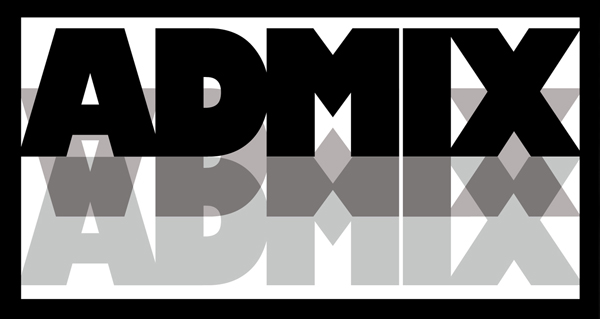
Sunday, February 22, 2009
March 2009 - Visual Arts Featured Content - Part 1 of 2
Why Are You Making Something? Part 1 of 2
By Nathan Sapio
In a few months, another academic year will end, and many students in the art department will begin working on final projects. A voyeuristic walk around any art class in progress will often and easily arouse the question, “What are you making?” Believe it or not, that is hardly the most pertinent question to ask. Before any more time is spent in artistic creation, I think it is appropriate to ask the question, “Why are you making something at all?”
Many will reply, “I’m in an art class, I am being made to.” Though honest, this response lacks a certain sustainable attitude.
Maybe the question should be rephrased, “Why choose to be involved with art?” The essential question, however, still boils down to: why, of all things, spend innumerable hours making something that, for all intents and purposes, has no immediate or direct benefit or value to anybody else in existence.
The fact is that, indeed, art has no such value or significance. Only the most traditional and historical art (jewelry, pottery, architecture, even pre-Modern painting and sculpture to some extent) has any function: any way to directly benefit from it. The essence of such function, though, remains tied to decoration. So it remains, as of yet, that art is something ancillary and unnecessary.
A common, almost clichéd, point of view is that the value in art lies in its self-expression. The cold facts of the matter are certainly in conflict with such a view. Where in life is it not the case that what you have to say is unimportant unless it is true for everybody else, or at minimum, anybody else. Clearly, a researcher studying quantum theory does not report how he feels as he observes electrons change states, but when and why they do it, and what other situations such facts are applicable to. Similarly, you may smear a canvas with dark grey paint and call it Your Mood On The Morning Of October 15th, and as powerful as that painting may be, the reason someone (besides your mother) buys it will not be because they have an interest to how you felt that morning.
Ironically, the self-expression answer is not at all an elevating or ennobling answer. It merely concedes the fact that the nature of art is supplementary and gratuitous. Self-expression is a component and symptom of self-actualization (which, if one should remember the thoughts of Mr. Maslow from any introductory psychology course, can only occur after all other survival-oriented needs are met). It is unfortunate that many associate the act of art-making solely with self-expression, because it does not adequately answer the question, “Why are you making something?”- though the distinction must be made that it does answer the question fully. It is regretfully the case that discussion often ends with such an answer, because one can have no reply to the assertion of another’s personal tastes. When another claims, “I like apples”, you can do nothing but accept it.
Though it may be easy enough to make the idea of self-expression sound vaguely fascist, bourgeoisie, or even narcissistic, the important point needs to be made that there is, of course, something significant about art made in earnest and in good faith. It is a very Materialistic (read: matter not money) error to look for value in function and direct benefit, so the answer to the question, “Why are you making something?” must be rooted in something more immaterial.
Regardless, if the answer to the question doesn’t come quickly to you, are you wasting your time in pointless creation?

